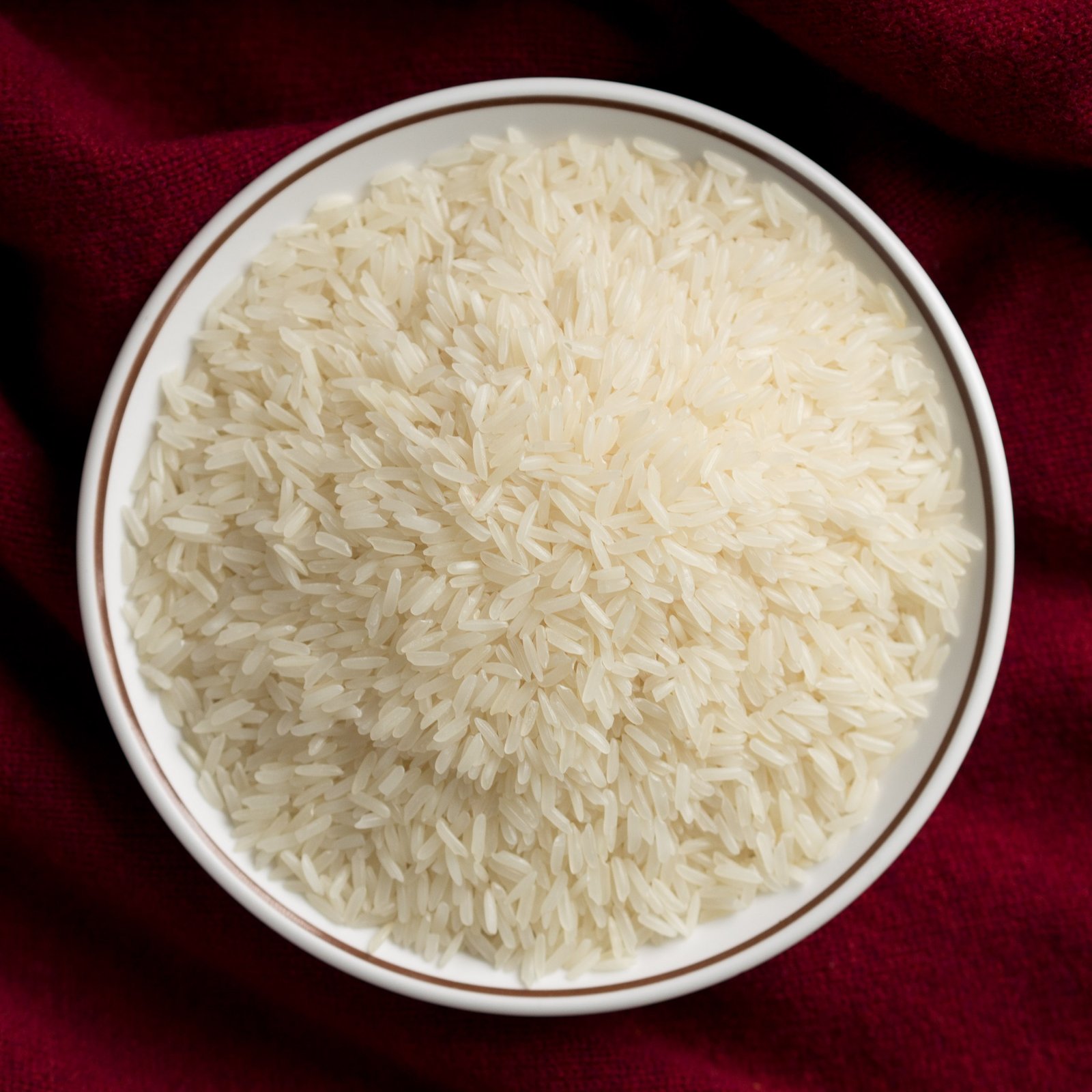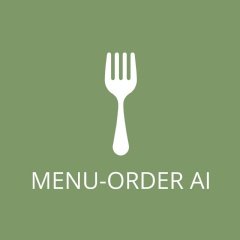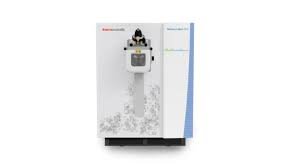Thursday, 13 November 2025
Chinese researchers develop engineered rice
The resulting purple endosperm rice holds potential for decreasing the risk of certain cancers, cardiovascular disease, diabetes, and other chronic disorders. Researchers in China have developed a genetic engineering approach…

The resulting purple endosperm rice holds potential for decreasing the risk of certain cancers, cardiovascular disease, diabetes, and other chronic disorders.
Researchers in China have developed a genetic engineering approach capable of delivering many genes at once and used it to make rice endosperm, seed tissue that provides nutrients to the developing plant embryo. It produces high levels of antioxidant-boosting pigments called anthocyanins. The resulting purple endosperm rice holds potential for decreasing the risk of certain cancers, cardiovascular disease, diabetes, and other chronic disorders.
The researchers at South China Agricultural University have developed a highly efficient, easy-to-use transgene stacking system called TransGene Stacking II that enables the assembly of a large number of genes in single vectors for plant transformation.
To date, genetic engineering approaches have been used to develop rice enriched in beta-carotene and folate, but not anthocyanins. Although these health-promoting compounds are naturally abundant in some black and red rice varieties, they are absent in polished rice grains because the husk, bran, and germ have been removed, leaving only the endosperm.
In the future, this transgene stacking vector system could be used to develop plant bioreactors for the production of many other important nutrients and medicinal ingredients.
The researchers plan to evaluate the safety of purple endosperm rice as biofortified food, and they will also try to engineer the biosynthesis of anthocyanins in other crops to produce more purple endosperm cereals.
Technology
Tetra Pak opens Product Development Centre in France
Nov 13, 2025 | Company News
MENU ORDER AI to launch app aimed at GLP-1 users and health-conscious diners
Nov 10, 2025 | Company News
Harnessing Quantum AI for Greener Minds and Healthier Futures
Nov 10, 2025 | Interaction
Food Testing
Intertek acquires Costa Rican testing business Suplilab
Nov 07, 2025 | Company News
Thermo Fisher Scientific launches Orbitrap mass detector for food safety testing
Oct 24, 2025 | Company News
ADM advances quality capabilities with opening of new Central Milling Laboratory
Oct 16, 2025 | Company News
More Popular
Syren Spreads launches spoonable adaptogenic beauty chocolate
Nov 13, 2025 | Company News
Gunpowder Irish Gin expands with new Italian Fig & Laurel Expression
Nov 13, 2025 | Beverages
8 winter foods that transform your skin by healing your gut first
Nov 13, 2025 | Beverages






